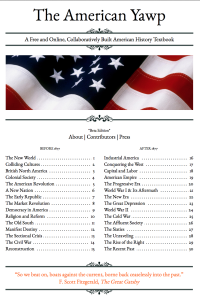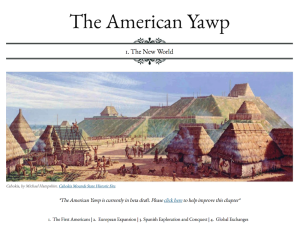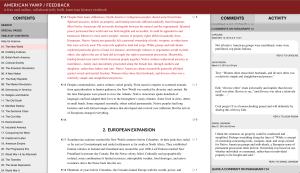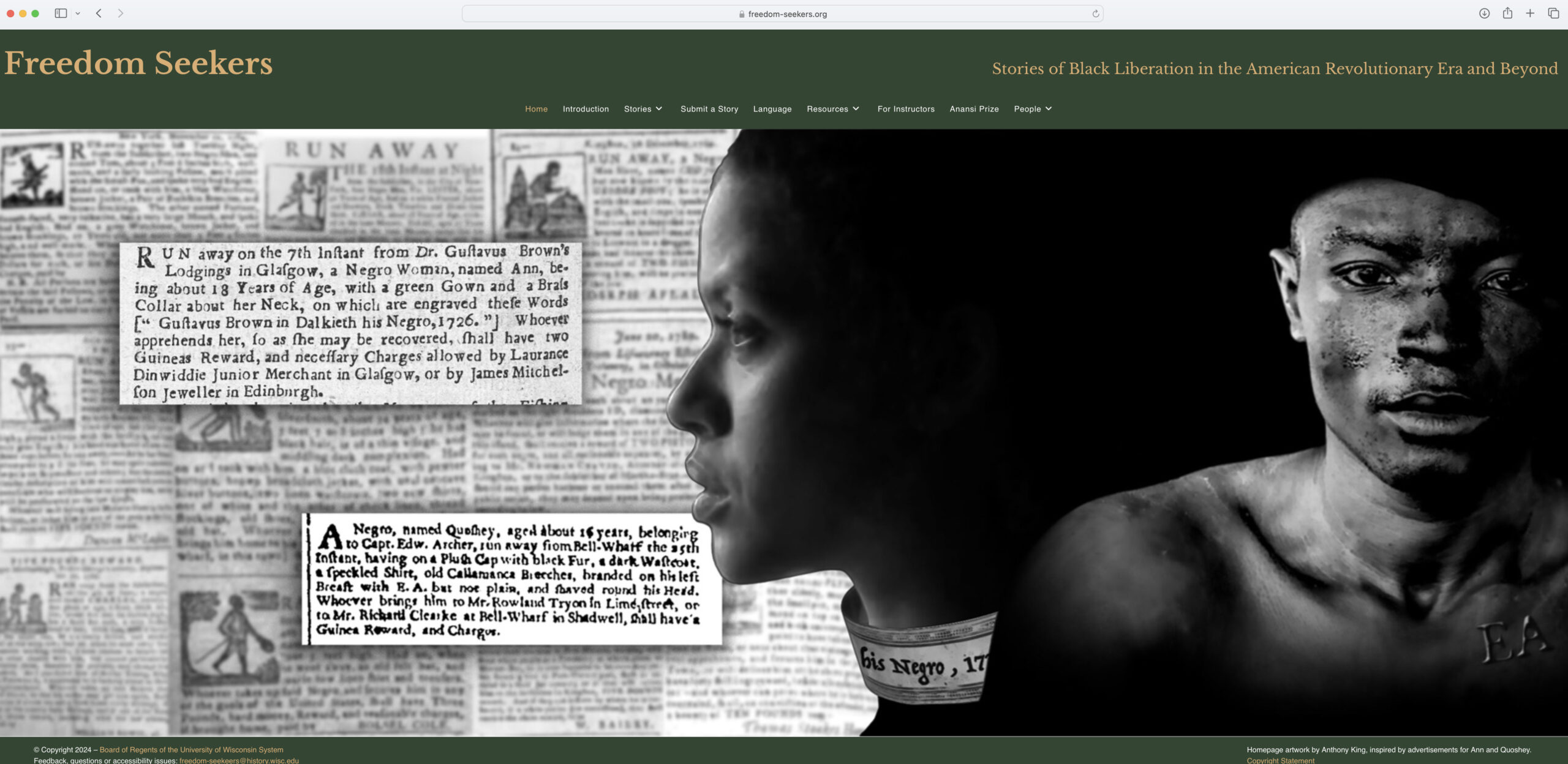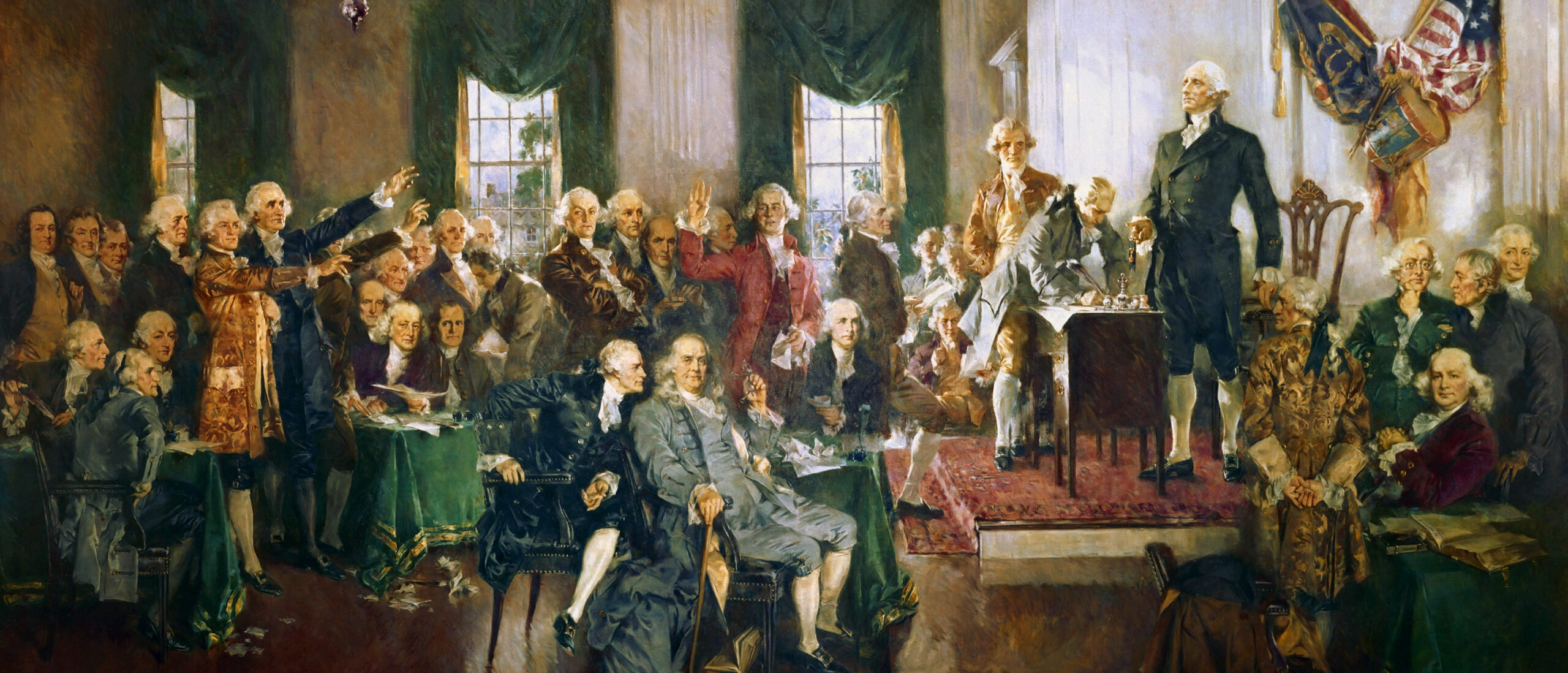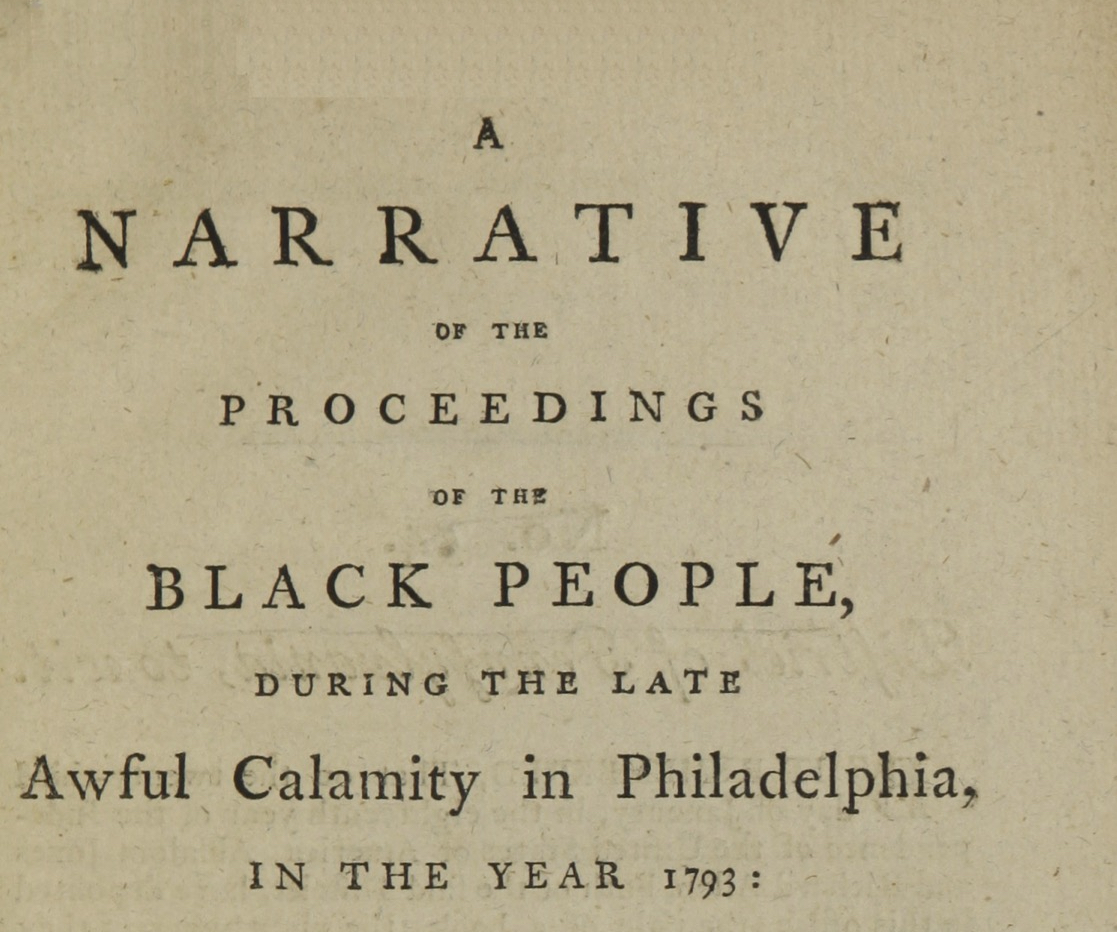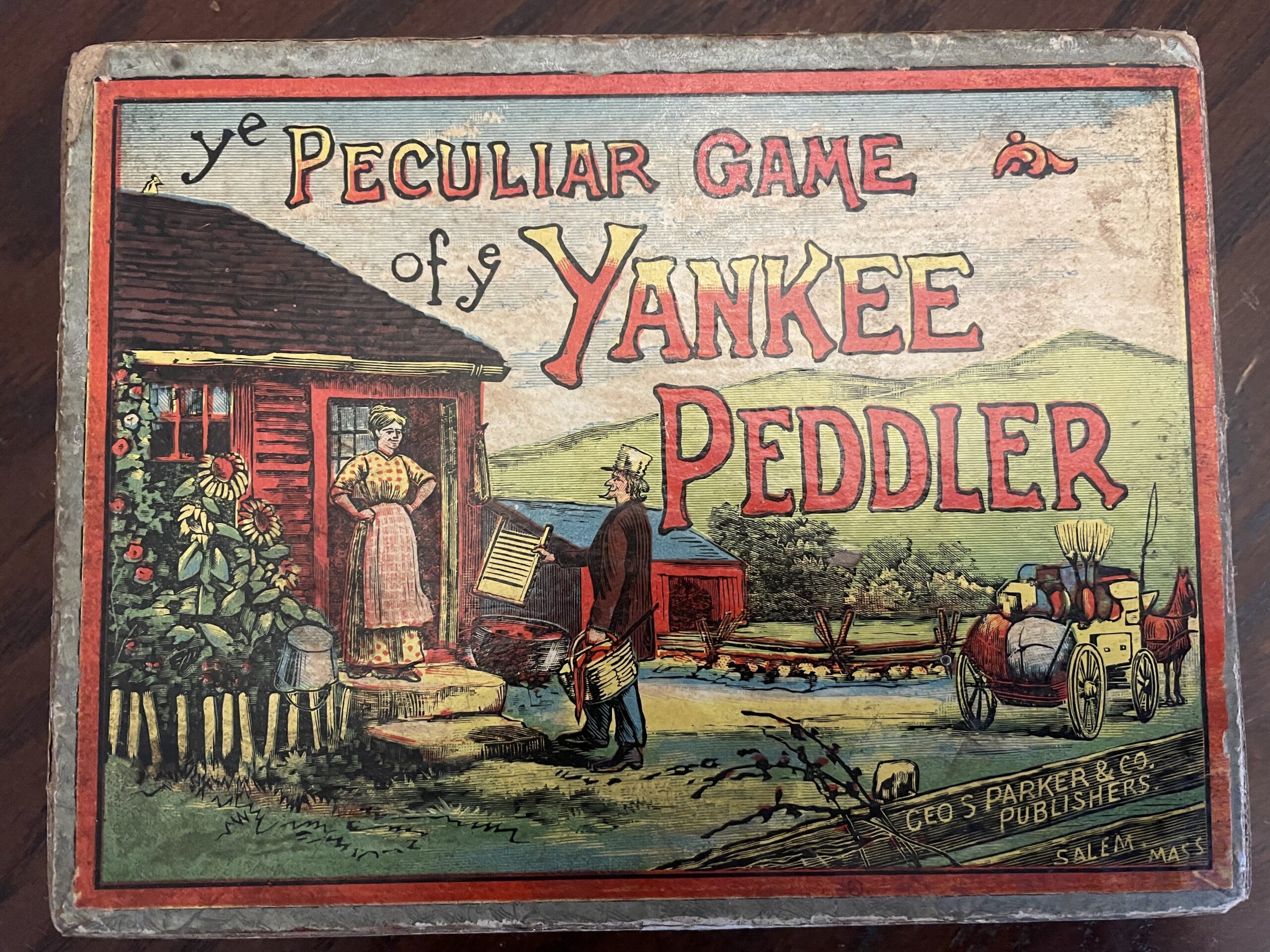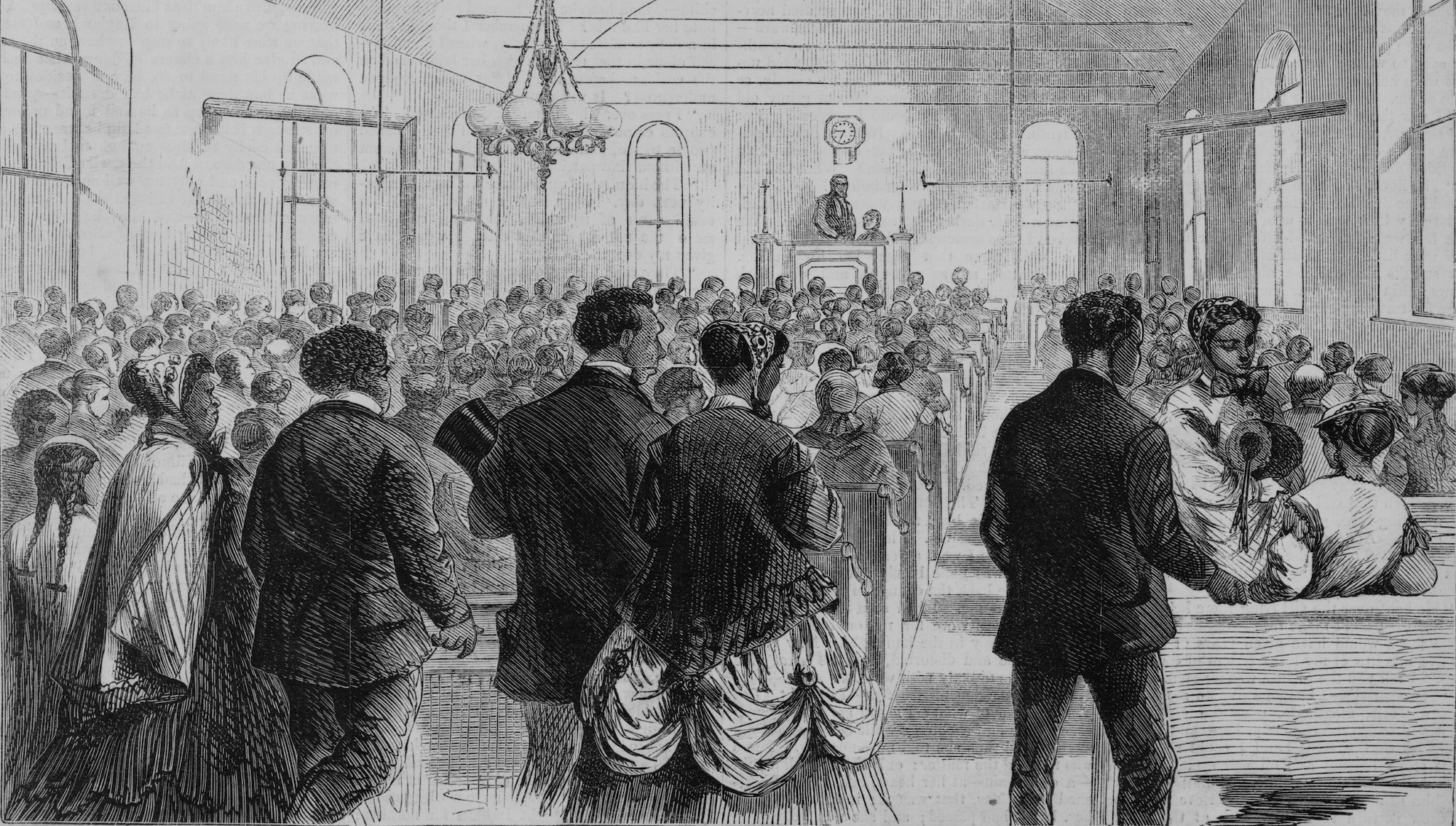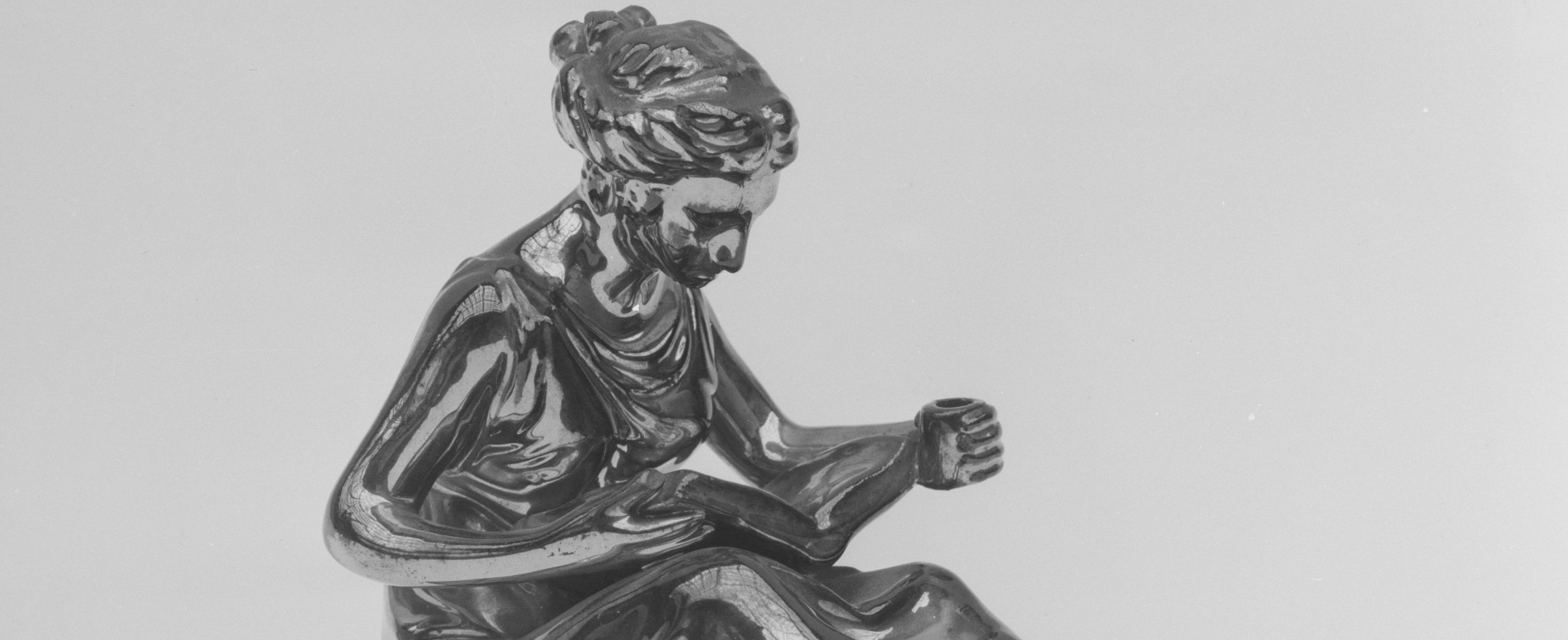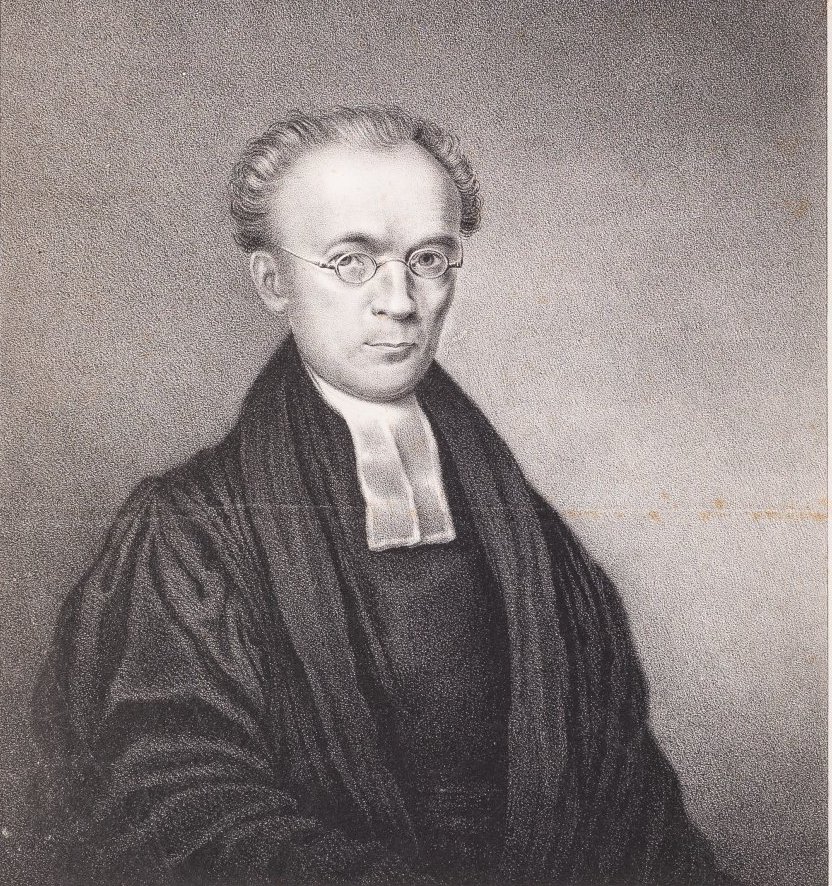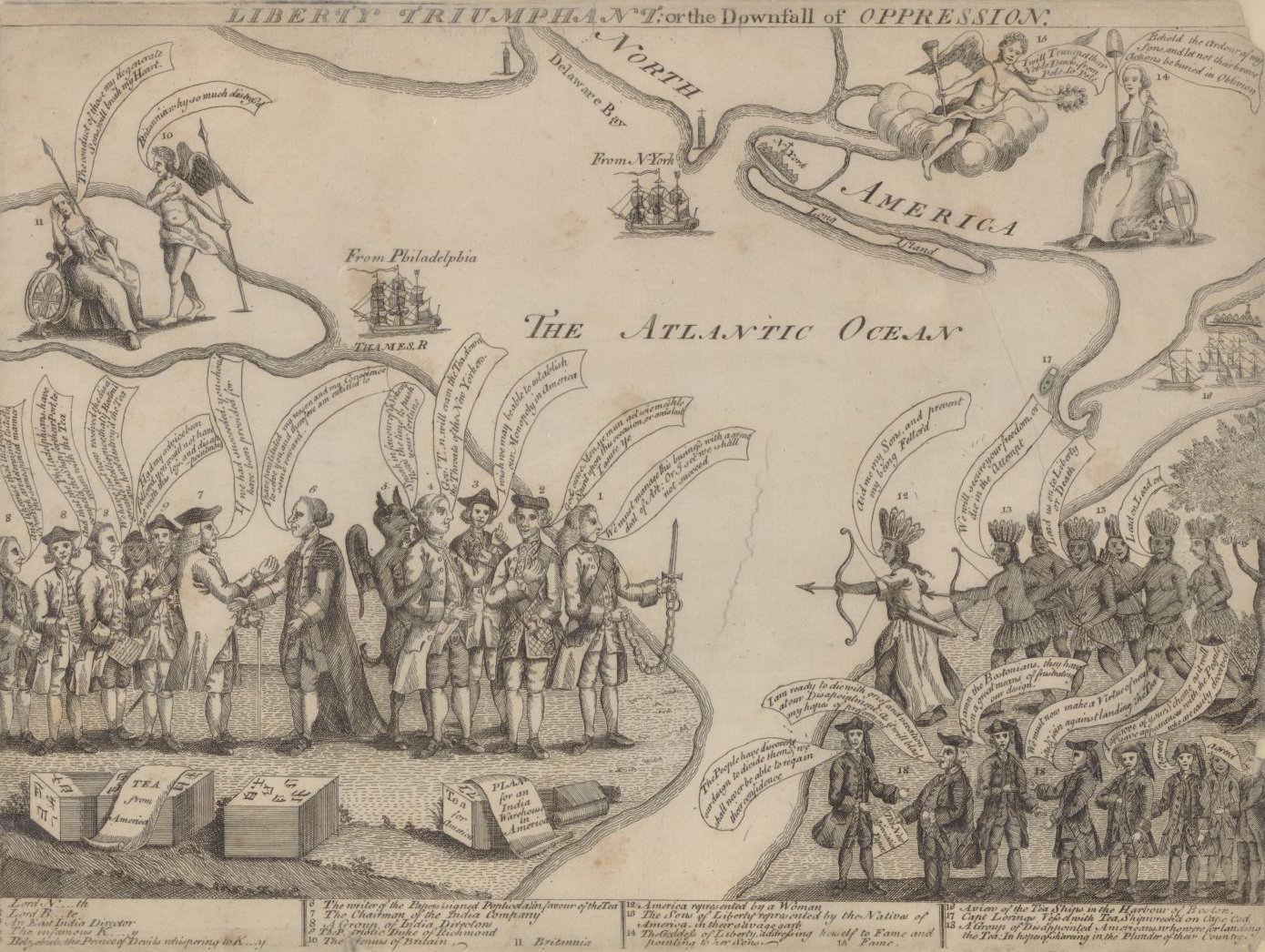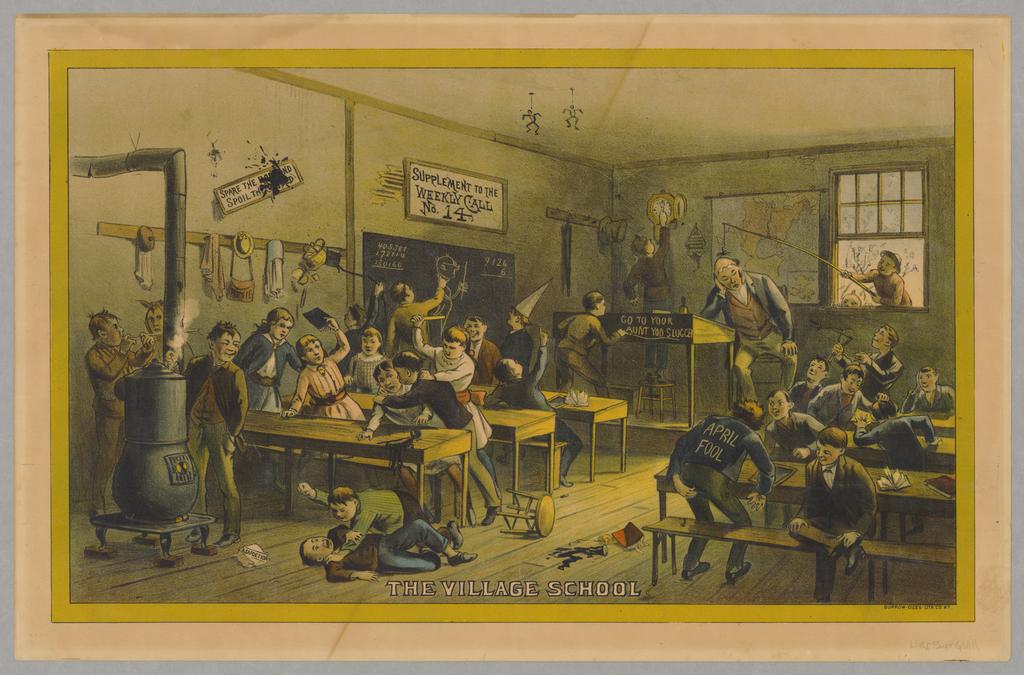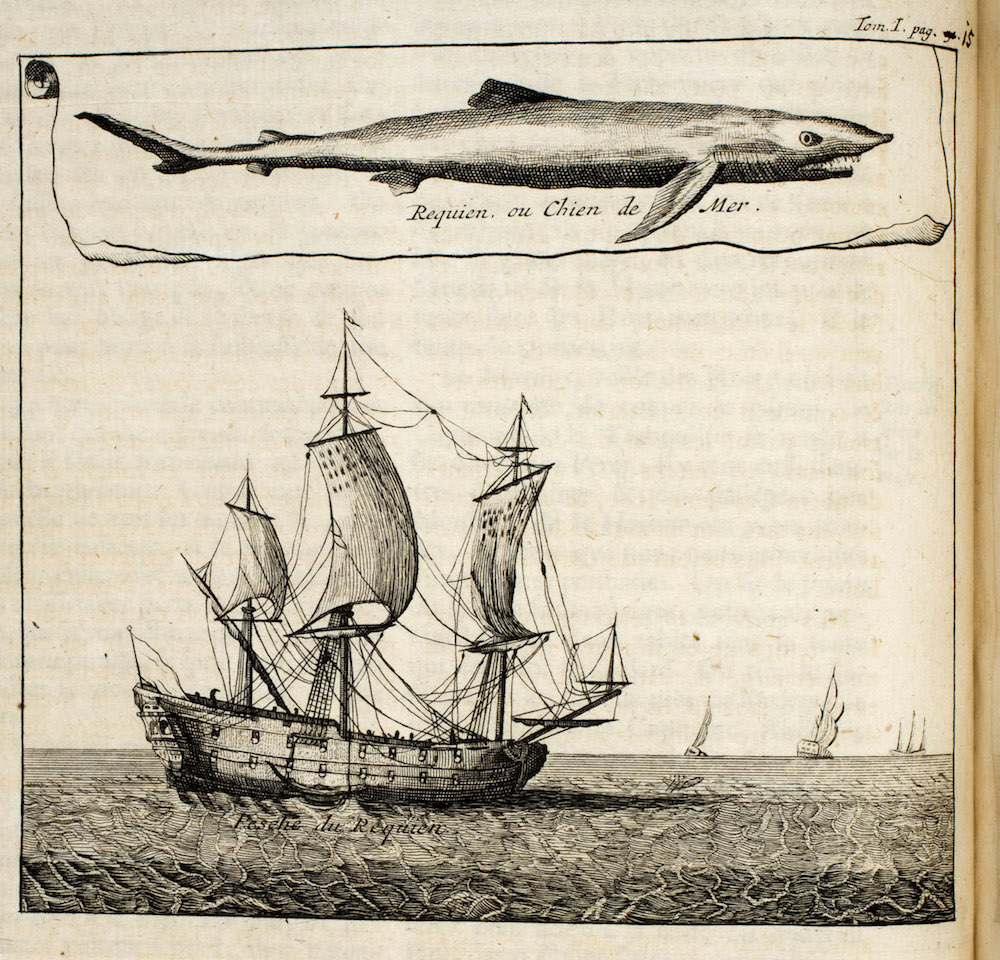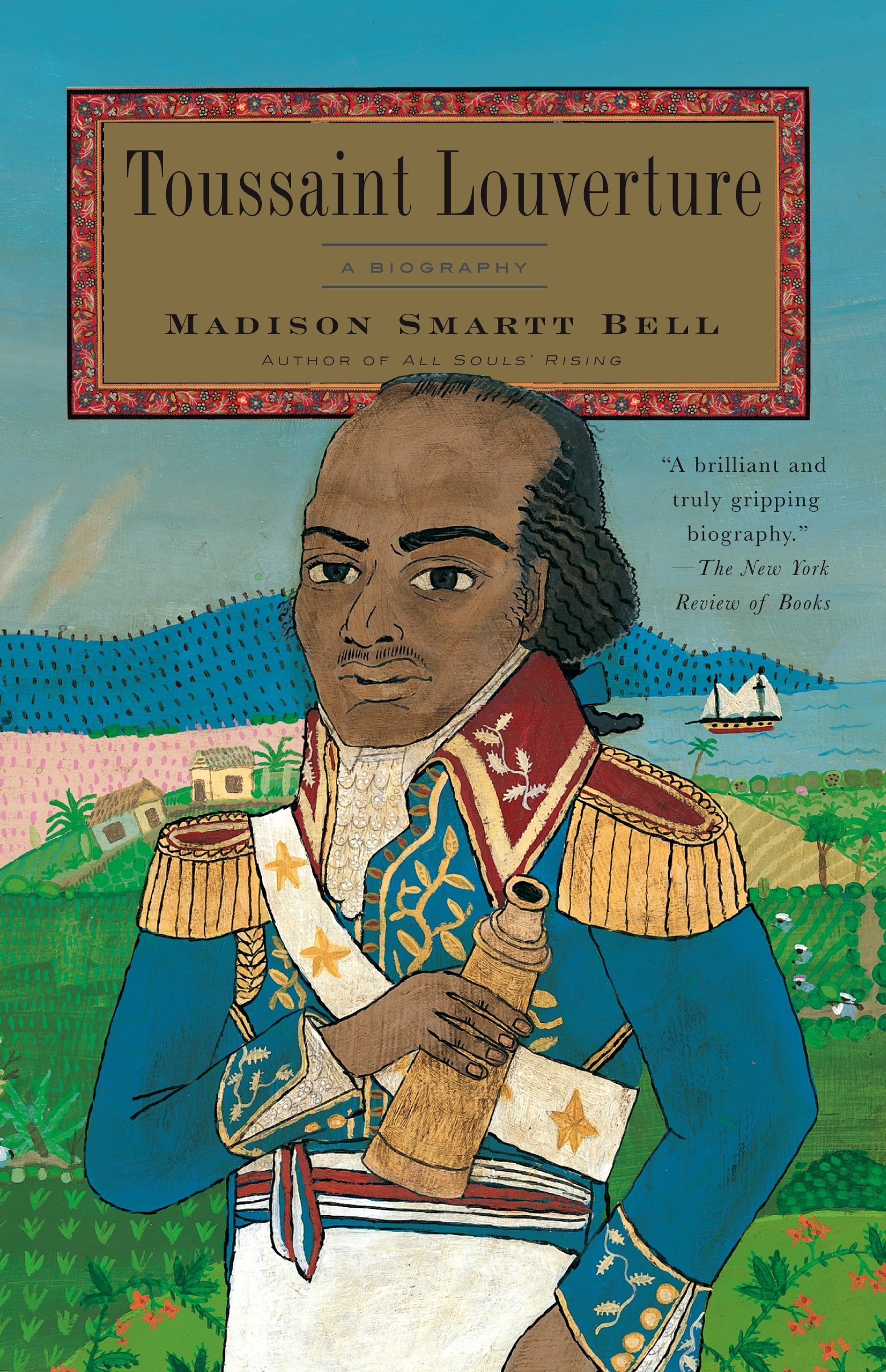In the 2013-2014 academic year, over 350 historians collaborated to produce The American Yawp, a free online, collaboratively built American history textbook. This project is the first attempt by academic historians to collaborate on such a massive scale and to use open annotation tools to enable widespread public feedback. Because many historians were involved in writing each chapter, The American Yawp draws more directly on more specialists’ expertise than a textbook written by four or five historians; at the same time, the uniquely collaborative review process challenged us to confront linguistic and historiographical questions as we wove specialists’ contributions into a new synthesis. Crafting material on pre-Columbian America for our first chapter, “The New World,” illuminated the contours of current scholarship and the challenges faced by instructors. Ultimately, the collaborative writing and review process pushed us to re-envision how we teach this topic and to create a textbook chapter that explicitly engages scholarly debates about pre-Columbian America.
I began teaching the early American history survey five years ago with a narrative that hinged heavily on political events. In pacing lectures, I used major political benchmarks to ensure “coverage.” As I gained experience and confidence, I began to subsume some of these benchmarks under discussions of more nuanced social, cultural, or economic trends that had blurrier boundaries but offered more vivid depictions of how life was actually lived. In a sense, this process mirrored macro trends in the historiography of American history. A consensus narrative was complicated by voices of dissent from those outside the halls of power; high political changes were given meaning by exploring their impact on the life of all economic strata; great men and great ideas received context in larger cultural movements; and now my students begin by questioning what the word “America” means, and we foreground transnational connections throughout the survey narrative.
The American Yawp similarly began with a framework of conventional chronological boundaries and broad topics assembled by my co-editor, Joseph Locke, and me. For example, our chapter entitled “Colonial Society,” centering on events occurring 1700-1763, began with the following short list:
Growth of American slavery
Consumer Revolution
Great Awakening
Immigration and urbanization
Marriage and family life
Seven Years War
Pontiac’s War
After producing this list, I searched for content experts who possessed the historiographical command and familiarity with evidence to ensure that our text both reflected current trends in scholarship and provided details and texture to make content come alive. I scoured recent editions of The William and Mary Quarterly, Early American Studies, and other academic periodicals looking for authors of excellent articles or even insightful book reviews. I then combed through lists of recent dissertations on the eighteenth century, conference programs, and the rosters of graduate programs with a traditional strength in the era.
The raw materials of these contributions had to be assembled, and often reshaped, to build a narratively coherent synthesis. It is here that writing history becomes more art than science; the construction of synthesis is textbook writers’ and teachers’ most challenging task.
The result was a roster of fifteen contributors pledged to produce specialized contributions for the “Colonial Society” chapter. For example, Katherine Smoak and Mary Draper drew on their dissertation research to produce 500 words on eighteenth-century currency and connections between North America and the Caribbean, respectively. We want synthesis to bubble up from research, not descend from institutional gatekeepers, so we deferred to the expertise of our contributors, asking, “what do you believe undergraduates absolutely need to know about your topic?” We encouraged our contributors to offer the kind of research specificity that only they could offer, including colorful characters and illuminating anecdotes. These details often make the most memorable and enlightening material for students, and remind us of the importance of integrating research and teaching.
Creating New Narratives
The raw materials of these contributions had to be assembled, and often reshaped, to build a narratively coherent synthesis. It is here that writing history becomes more art than science; the construction of synthesis is textbook writers’ and teachers’ most challenging task. Nora Slonimsky took on the challenge for our “Colonial Society” chapter, weaving the excerpts into a coherent narrative. Creating a synthetic narrative necessarily sacrificed some of the specificity of the original contributions, but all of our editors worked hard to mold the research-driven content into a form that would accurately reflect contemporary scholarship, yet be accessible to undergraduates.
This process repeated itself for all thirty of our chapters, and in fall of 2014, we quietly released a beta edition. The experience of constructing this beta edition, as well as the feedback we have received since its launch, yields several observations regarding the field of early American history. Perhaps our most stark realization is that an extremely small number of historians work on pre-Columbian Native America. After an initial recruitment effort turned up little interest, we attempted a wider solicitation through H-OIEAHC. Still, finding scholars of pre-Columbian Native America proved more difficult than recruiting specialists in any other chronological or topical area. Where are all the specialists in pre-Columbian history? Our mistake was to assume that these individuals would be historians. It is clear now that we will have to branch beyond our traditional disciplinary boundaries and make connections with anthropologists and archaeologists if we are going to offer our students a solid grounding in pre-Columbian history. Interdisciplinarity here is not a buzzword; it is the essential requirement for understanding the era.
Open Source History
Other insights into early American history continue to emerge as we improve our first chapter. We have solicited feedback through Comment Press, an open-source annotation platform that enables our contributors, editorial advisors, and others to give paragraph-by-paragraph comments. Over 100 historians shared their insights on our beta edition—ranging from highly specialized content corrections to suggestions that would improve our prose. It is here that the walls of specialization began to crumble, as content outsiders often gave us the kind of fresh perspective necessary to ensure that our text is accessible to students. For example, Jonathan Wilson and Michael Hattem—specialists in antebellum intellectual history and the politics of the American Revolution, respectively—both remarked that the chapter opening was abrupt and potentially intimidating for students. As a result, our new chapter includes a short introduction to the chapter, as well as an introduction to the entire text. When connecting research communities to students, it is valuable to have go-betweens to translate, and classroom teachers provide exactly this perspective.
The American Yawp is the first textbook to employ the open collaborative potential of tools like Comment Press, balancing Wikipedia’s ability to crowd-source content production with scholarly oversight and rigor. My co-editor and I understand our role less as traditional textbook authors and more as organizers, administrators, and editors. American history is simply too big and too broad for one individual to master. Highly synthetic projects like textbooks depend on a wide base of expertise, and ongoing collaboration can ensure that material reflects the latest research innovations. New technologies should enable the networks of peer support on which our profession has always depended to find new expression. The American Yawp is an experiment in the democratization of knowledge production within a collegial community of experts.
The input we received from seventeen historians on our first chapter provides an example of the value of this kind of feedback and exposes some important challenges facing all teachers of early America. James Merrell pointed out the Eurocentric language that suffused the chapter as well as most synthetic treatments of early America. The chapter’s very title, “The New World,” implies a dismissal of millennia of Native life and ignores the fact that for some people, the continents known as North and South America were not at all “new” by 1492, or even in the tenth century when Norse explorers crossed the ocean. Even the phrase “pre-contact” or “Pre-Columbian” adopts an excessively European/Indigenous binary that obscures the extensive contact between vastly different groups in North America. We of course knew this, but failing to foreground this challenge not only opened us to misinterpretations of our content, but also overlooked a teachable moment.
Stepping outside of Eurocentrism is extremely difficult for a number of reasons, including the greater number of Eurocentric sources, the greater cultural and even epistemological similarities shared between our world and that of early modern Europe as compared to Native America, and the teleological impulse to see early America as a prehistory of the United States. Of course, even the term North America adopts the geographical signifier of settler colonialism. But these difficulties need not turn into straightjackets strangling our narratives or preventing us from challenging our students’ assumptions. In fact, explicitly acknowledging this problem in the text shows students the challenges we all face in making sense of this period. Since our chapter discusses the Asiatic migrations that led to North American settlement, the title—“The New World”—now reminds students that this land was at one point new to both Native Americans and Europeans. However, Ian Chambers suggests that ignoring the origin stories of indigenous people, especially when we discuss the religious worldviews of Europeans, is a mistake. Our second draft and new primary source reader reflect this valuable suggestion, including creation stories from the Salinan and Cherokee peoples. Neglecting archeological research on North American origins in favor of cataloging indigenous cosmology myths would be irresponsible, but ignoring these stories denies students the opportunity to better understand the peoples who first settled the continent.
Tom de Mayo, associate professor of history at J. Sargeant Reynolds Community College, pushes us on the issue of origins, arguing that we should do more to illustrate the intense scholarly debate over the origins of Native Americans. Indeed, historiographical debates such as these can show our students that our field is one of constant contestation, that history is an ever-evolving conversation, one that they would hopefully join themselves. All of these smart, substantial critiques informed our revised draft. Comments from others also enabled us to identify talented new contributors. For example, Daniel Johnson, of Bilkent University in Turkey, offered several insightful comments. As a result, we recruited him to serve as the editor of our third chapter, entitled “British North America.”
We draw inspiration for the ongoing revision of The American Yawp from the academy as new research challenges our content. For example, the latest edition of Early American Studies includes a revisionist piece by Jane Mt. Pleasant, where she powerfully critiques current depictions of pre-Columbian agriculture, including some depictions we included in the beta edition of our text. Mt. Pleasant’s argument is two-fold. First, her research indicates that intensive, permanent agriculture was in fact the norm in eastern and central North America, rather than shifting cultivation, which suffuses most existing narratives, including our beta chapter. Second, she recasts the use of hand tools as agriculturally advantageous compared to the plow. As a result, we’ve added a brief paragraph to our first chapter:
Native American agriculture varied. Some groups used shifting cultivation where farmers cut the forest, burned the undergrowth and then planted seeds in the nutrient rich ashes of what remained. When crop yields began to decline, farmers would simply move to another field and allow the land to recover and the forest to regrow before they would again cut the forest, burn the undergrowth, and restart the cycle. This technique was particularly useful in areas with difficult soil. But in the lush regions of the central and eastern United States, Native American farmers engaged in permanent, intensive agriculture, using hand tools rather than European-style plows. The lush soil and use of hand-tools enabled effective and sustainable farming. These techniques produced high yields without overburdening the soil.
At the 2015 joint conference of the Omohundro Institute for Early American History and Culture and the Society of Early Americanists, a roundtable of scholars specializing in North American indigenous history surveyed the research prospects for their field. Michael Witgen observed that depictions of territory in early America more often explain imperial ambitions than actual realities. Native peoples held territory in land claimed by Europeans for centuries, and most maps of colonial North America obscure this reality.
As we begin to launch a mapping initiative using GIS software, we look forward to the challenge of creating maps that reflect both the ambitions of colonial powers and the reality of long-enduring indigenous resistance. Scott Manning Stevens emphasized the importance of oral histories and other non-documentary sources, a theme that echoed throughout as all of the scholars mentioned their reliance on community knowledge to make sense of the sparse documentary record. Alyssa Mt. Pleasant acknowledged the important work being done by the Native and Indigenous Studies Association, but we are in many ways dependent still upon knowledge bases beyond the academy to give depth and texture to our understandings of Native American life. Digital projects like The American Yawp, through forums like our Comment Press platform, have the potential to harness the community knowledge that academics often struggle to access. With the aid of future institutional partners, we look forward to making connections with and listening closely to both scholarly and broader public communities.
After a summer applying the feedback we received, as well as integrating insights from new scholarship, we launched a new edition of the text in August. But the work continues. A new cycle of feedback and revision will start, along with new attempts to better exploit digital tools and move our text beyond words and static images. We invite you join us, participate in our new Comment Press site, and ensure that your particular expertise is made available to new generations of students. I teach my students to follow the words of our text’s patron poet, Walt Whitman, and “Re-examine all that you have been told.” We are eager to follow the lead of the profession in doing the same.
Further Reading:
Please visit americanyawp.com to view the text. We also welcome you to visit americanyawp.com/comments to offer suggestions on how we can improve our content.
For discussions of pre-Columbian America, see Susan Alt, ed., Ancient Complexities: New Perspectives in Pre-Columbian North America (Salt Lake City, 2010); Cheryl Claasen and Rosemary A. Joyce, eds., Women in Prehistory: North America and Mesoamerica (Philadelphia, 1994); Charles C. Mann, 1491: New Revelations of the Americas Before Columbus (New York, 2006); and Jane Mt. Pleasant, “A New Paradigm for Pre-Columbian Agriculture in North America,” Early American Studies, 13:2 (Spring 2015): 374-412.
For more on the open access movement see Roy Rosenzweig, “Can History be Open Source? Wikipedia and the Future of the Past,” The Journal of American History 93:1 (June, 2006): 117-46; Martin Paul Eve, Open Access and the Humanities: Contexts, Controversies, and the Future (New York, 2014); Lisa Spiro, “This Is Why We Fight: Defining the Values of the Digital Humanities,” in Matthew K. Gold, ed., Debates in the Digital (Minneapolis, 2012); and Martin Weller, The Battle for Open: How Openness Won and Why It Doesn’t Feel Like Victory (London, 2014).
For more on The American Yawp see Joseph Locke and Ben Wright, “A Free and Open Alternative to Traditional History Textbooks,” Perspectives on History, 53:3 (March 2015); Scott McLemee, “Free American History!” Inside Higher Ed, March 11, 2015; Rachel Beltzhoover and M. Omar Siddiqi, “A Conversation with Ben Wright and Joseph Locke, Editors of The American Yawp,” The American Historian.
This article originally appeared in issue 16.1 (Fall, 2015).
Ben Wright is assistant professor of historical studies at the University of Texas at Dallas. His book manuscript “Antislavery and American Salvation” is under advance contract with LSU Press. He is the co-editor of Apocalypse and the Millennium in the American Civil War Era (2013) with Zachary W. Dresser, and The American Yawp, a free and online American history textbook, with Joseph Locke.



